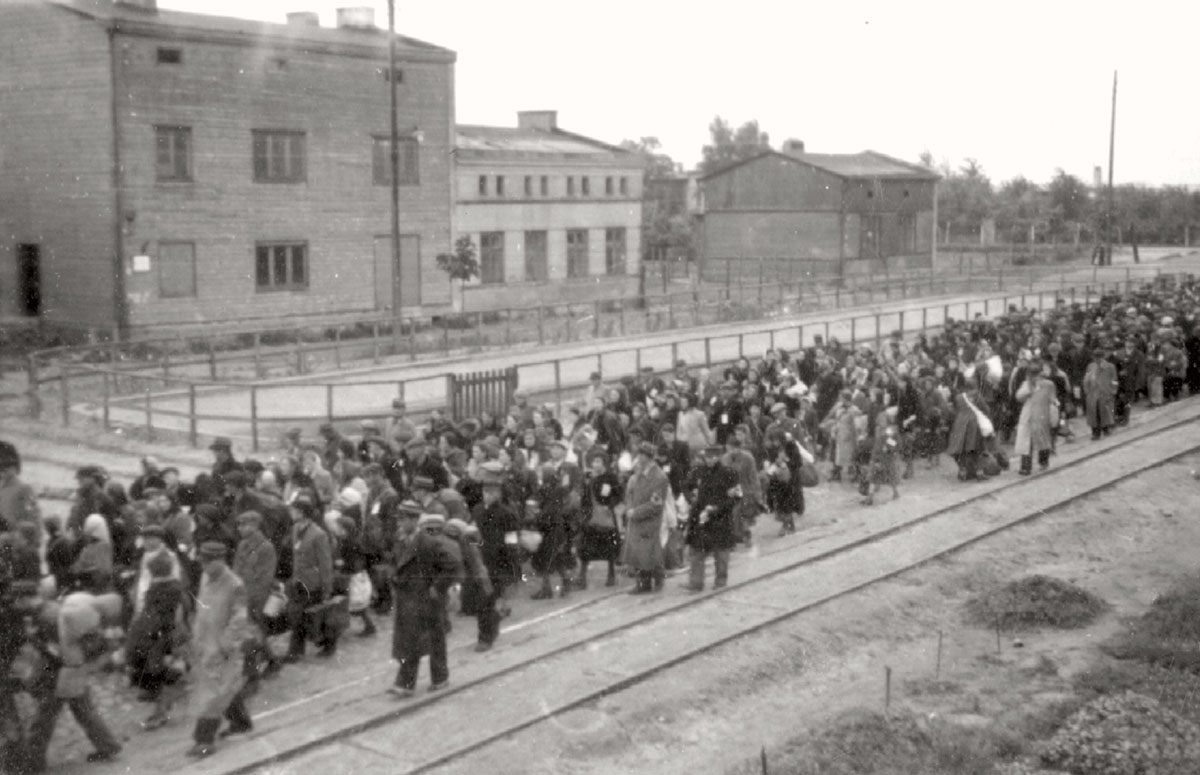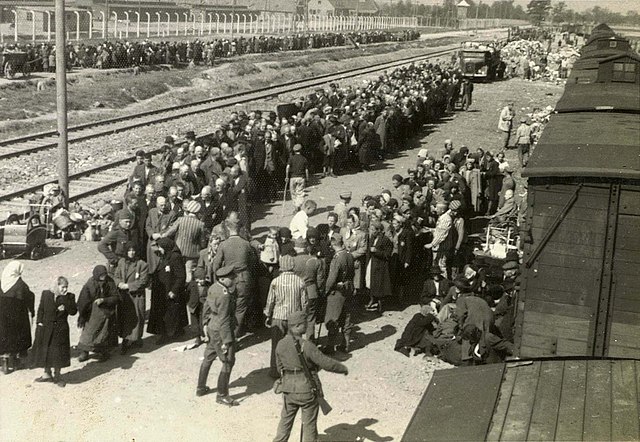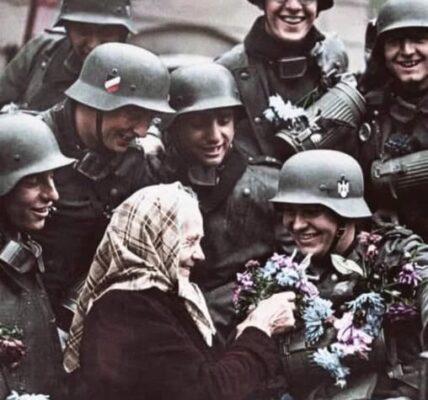
Uschwitz. A name that reverberates like an echo through history—loud, painful, inescapable. No place stands more clearly for the industrial murder of National Socialism, for systematic genocide, for the loss of all humanity.

Today, historians at the Auschwitz-Birkenau State Museum estimate that approximately 1.1 million people were murdered in this concentration and extermination camp—out of a total of approximately 1.3 million deported there between 1940 and early 1945. Most of the victims were Jews from almost all of Europe. But Roma , political prisoners , Polish intellectuals , Soviet prisoners of war , and other groups also died here from gas, exhaustion, starvation, or violence.
These numbers don’t simply represent statistics. They represent people. Women, men, children, families. Entire lives – extinguished in a matter of minutes or after agonizing days.
How does a number like “1.1 million” even come about?
Dr. Piotr Setkiewicz , director of the Research Center at the Auschwitz Museum, explains in several interviews the years of painstaking work behind this figure. After all, the Nazis destroyed large portions of their documentation at the end of the war. Bodies were burned, files destroyed, and traces erased. The crime was intended to be buried with the death of its victims.
But it did not sink.
Thanks to surviving eyewitness accounts, documents accompanying transports from other countries, preserved Nazi files, architectural data, lists and, in particular, the so-called deportation lists, research has been able to reconstruct an increasingly accurate picture.
The calculations are based primarily on the comparison of transport lists (e.g., from Hungary, France, and the Netherlands), surviving SS documents, survivor reports, and archaeological finds. It’s like putting together a massive puzzle with many pieces forever missing—and yet a picture emerges.
Why is this number so important?
Because it stands against forgetting.
Because it is proof against relativization, denial, trivialization.
Because behind every number stands a person. A story. A mother who couldn’t save her child. An old man who walked his final journey alone. A child who never got the chance to grow up.
And yet: The 1.1 million is only an estimate—a number based on scientifically sound calculations. It could have been more. Or less. But what remains is the scale of the crime: unimaginably large, systematically planned, cruelly executed.
Auschwitz today: Memorial site and monument
Anyone who walks through the barracks of Auschwitz I or the vast grounds of Birkenau (Auschwitz II) today senses the silence, the weight hanging in the air. The tracks end in nothing – like so many lives.
Today, the Auschwitz Museum is not only a place of remembrance, but also a place of research and education . Historians like Dr. Setkiewicz perform meticulous work every day to keep the memory alive – and to ensure its scientific foundation.
Because in a time when conspiracy theories, historical denial, and anti-Semitism are becoming louder again, their work is more important than ever.
What remains?
What remains are questions. How could this happen? How could humanity sink so low? How can we prevent it from ever happening again?
And what remains is responsibility. The responsibility to look. The responsibility to remember. The responsibility not to look away when, somewhere in the world, people are once again persecuted because of their origins, religion, or identity.
Auschwitz is not a topic of yesterday. It is a topic of today – and of tomorrow. Because it’s not just about history, but about humanity.










